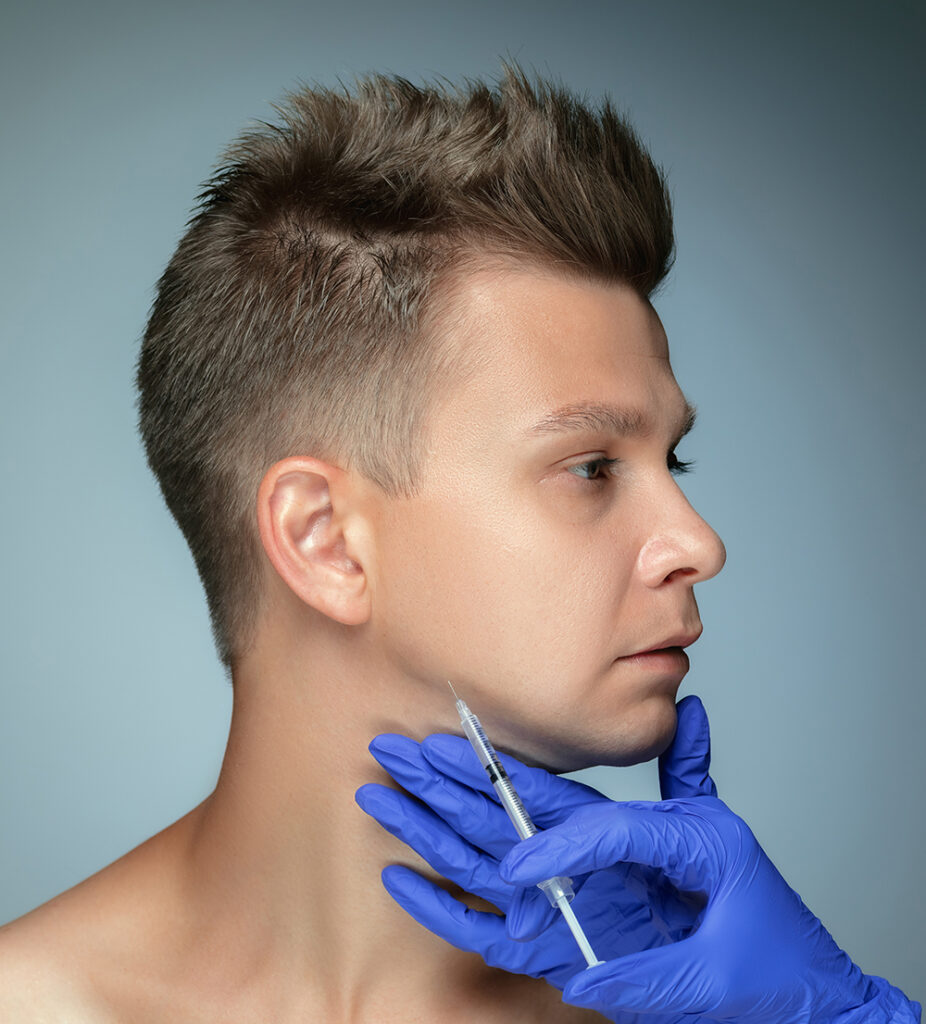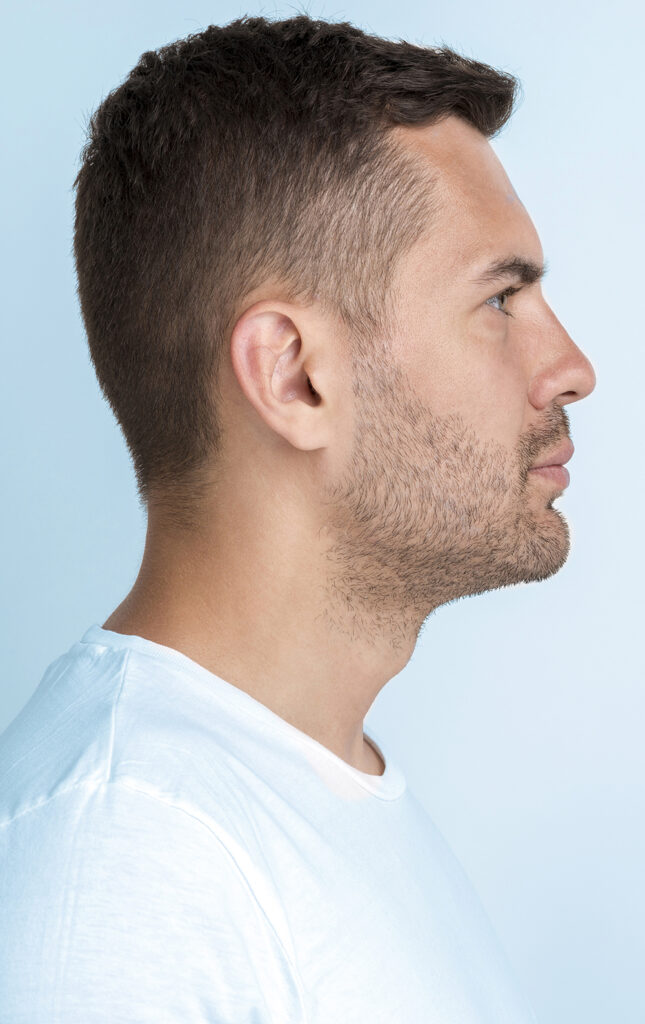- Contact-
- İnönü mahallesi, Gazi Mustafa Kemal Blv. Sitesi 1406 sokak No:14, 33130 Yenişehir/Mersin
- info@ankahairclinic.com
- Mon - Sat : 09:00/19:00
- +90 (555) 999 88 77
ANKAHAIR
Don't be afraid to give up the good to go for the great

Beard Transplant
A beard transplant is a surgical procedure utilized to enhance or restore the growth of facial hair in areas where it is sparse or absent.
A beard transplant involves relocating hair follicles from a donor area to a specific recipient area on the face. This procedure is well-suited for individuals dealing with patchy or inadequate beard growth, those with imperfections in their facial hair area, or those aspiring to achieve a denser and aesthetically pleasing beard.
Conversely, it’s essential to note that beard transplant surgery, also referred to as beard implant surgery or facial hair transplant, has gained significant popularity in recent years. It revolves around the transplantation of hair follicles from one region of an individual’s body to the beard area, stimulating the growth of facial hair. Typically, this surgery is chosen by individuals with irregular or thin facial hair patterns who desire a fuller and more well-defined beard. Additionally, it can serve as a viable option for those who have lost facial hair due to genetic factors, scarring, or medical conditions.
Beard Transplant procedures
During a beard transplant, hair follicles are harvested from areas with robust hair growth, such as the back of the scalp or other regions of the body. These follicles are then delicately transplanted into the desired beard areas. It’s crucial to note that beard transplants are surgical procedures that should only be performed by skilled and experienced medical professionals. The success of the procedure depends on various factors, including individual characteristics, the chosen technique, and post-operative care.
On the flip side, in the days or weeks following a beard transplant, patients may experience some soreness and swelling in the treated area. During this period, it is strongly recommended that patients diligently adhere to their surgeon’s post-operative instructions to ensure a smooth recovery process and minimize potential complications.
While a beard transplant can bring about significant improvements in one’s facial appearance, individuals considering this procedure should maintain realistic expectations and consult with a medical practitioner specializing in facial hair restoration.

In what cases should Beard Transplantation be performed?
During a beard transplant, hair follicles are harvested from areas with robust hair growth, such as the back of the scalp or other regions of the body. These follicles are then delicately transplanted into the desired beard areas. It’s crucial to note that beard transplants are surgical procedures that should only be performed by skilled and experienced medical professionals. The success of the procedure depends on various factors, including individual characteristics, the chosen technique, and post-operative care.
On the flip side, in the days or weeks following a beard transplant, patients may experience some soreness and swelling in the treated area. During this period, it is strongly recommended that patients diligently adhere to their surgeon’s post-operative instructions to ensure a smooth recovery process and minimize potential complications.
While a beard transplant can bring about significant improvements in one’s facial appearance, individuals considering this procedure should maintain realistic expectations and consult with a medical practitioner specializing in facial hair restoration.

Beard Transplant Before And After
In recent years, beard transplant surgery has witnessed a surge in popularity, driven by an increasing number of men seeking to enhance their facial hair growth. Commonly referred to as a beard implant or facial hair transplant, this procedure involves the transfer of hair follicles from another part of the body to the beard area.
Before opting for a beard transplant, it’s crucial to have a clear understanding of what to expect. One way to gauge potential outcomes is by reviewing before and after images of previous patients. In these images, you’ll often see individuals with patchy or sparse facial hair in the ‘before’ photos, contrasted with enhanced density and fullness in the ‘after’ pictures. It’s important to note that individual results may vary, influenced by factors such as genetics and the quality of donor hair.
On the other hand, there are proactive steps you can take leading up to the day of your beard transplant to optimize results and minimize potential complications.
Firstly, allowing your facial hair to grow out before the transplant can be beneficial. Maximizing the natural hair on your face prior to the procedure helps the dermatologist better understand your hair growth pattern and assists in designing the transplant. For example, having existing facial hair allows for a more accurate delineation of natural cheek and neck contours. Keep in mind that the surgeon may shave the beard before commencing the treatment. As for donor hair, it doesn’t need to be long; the surgeon will extract follicles either individually or in a strip, regardless of hair length.
Another option is to consider taking specific vitamins. Prior to your transplant, your surgeon may recommend certain vitamins to improve skin condition and potentially enhance results. Consider incorporating vitamin C, vitamin D, and B vitamins into your regimen to support hair development. Consult your surgeon for the appropriate dosage.
Moreover, it’s important to steer clear of certain medications and vitamins, as not all supplements promoting hair growth are suitable in the days or weeks leading up to your procedure. For instance, it’s advisable to avoid vitamin E before any surgical intervention, as it can increase the risk of bleeding.
In summary, if you’re taking any over-the-counter medications, it’s prudent to consult your dermatologist before continuing them in the lead-up to a beard transplant.
Furthermore, making simple lifestyle changes following the beard transplant can help reduce the likelihood of complications and potentially enhance your outcomes. Some of these lifestyle adjustments can contribute to overall health improvement, which in turn may promote comprehensive facial hair development. Quitting smoking or using other forms of tobacco is one of the most crucial lifestyle changes you can make, ideally starting at least two weeks before your transplant and continuing after the procedure.

In addition to quitting smoking before your transplant surgery, it’s crucial to recognize the significant impact your diet can have on your overall health and the outcomes of the procedure. In the weeks leading up to your beard transplant, consider incorporating more nutrient-dense foods into your diet, as a well-balanced and nutritious diet can contribute to longer and fuller growth of your new beard hair.
Furthermore, some minor and temporary adjustments may be necessary just before your procedure. While moderate alcohol consumption is typically safe, your surgeon might recommend abstaining from alcohol for a few days following the beard transplant. Therefore, it’s advisable to refrain from alcohol for a period afterward.
Lastly, it’s important to understand that side effects from a beard transplant are generally mild, especially if you opt for a local anesthetic instead of an oral sedative. It’s quite common for individuals to experience some redness and swelling in both the donor and transplant areas. Additionally, you may wake up on the day following your hair transplant surgery with tight skin on your face. If you encounter any of these symptoms, rest assured that they are typical and expected. The tightness, scabbing, crusting, irritation, and swelling typically subside within a few hours or days
